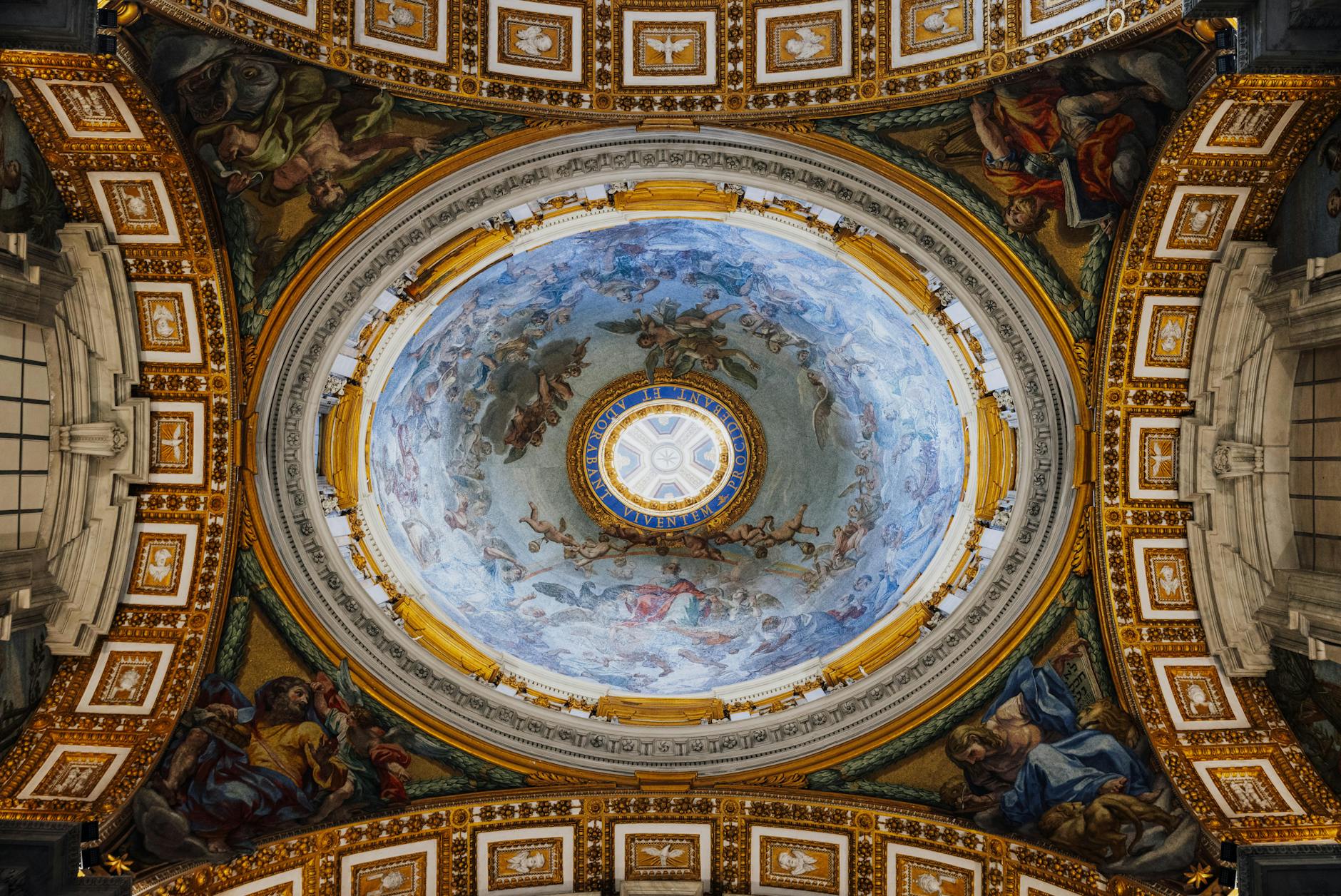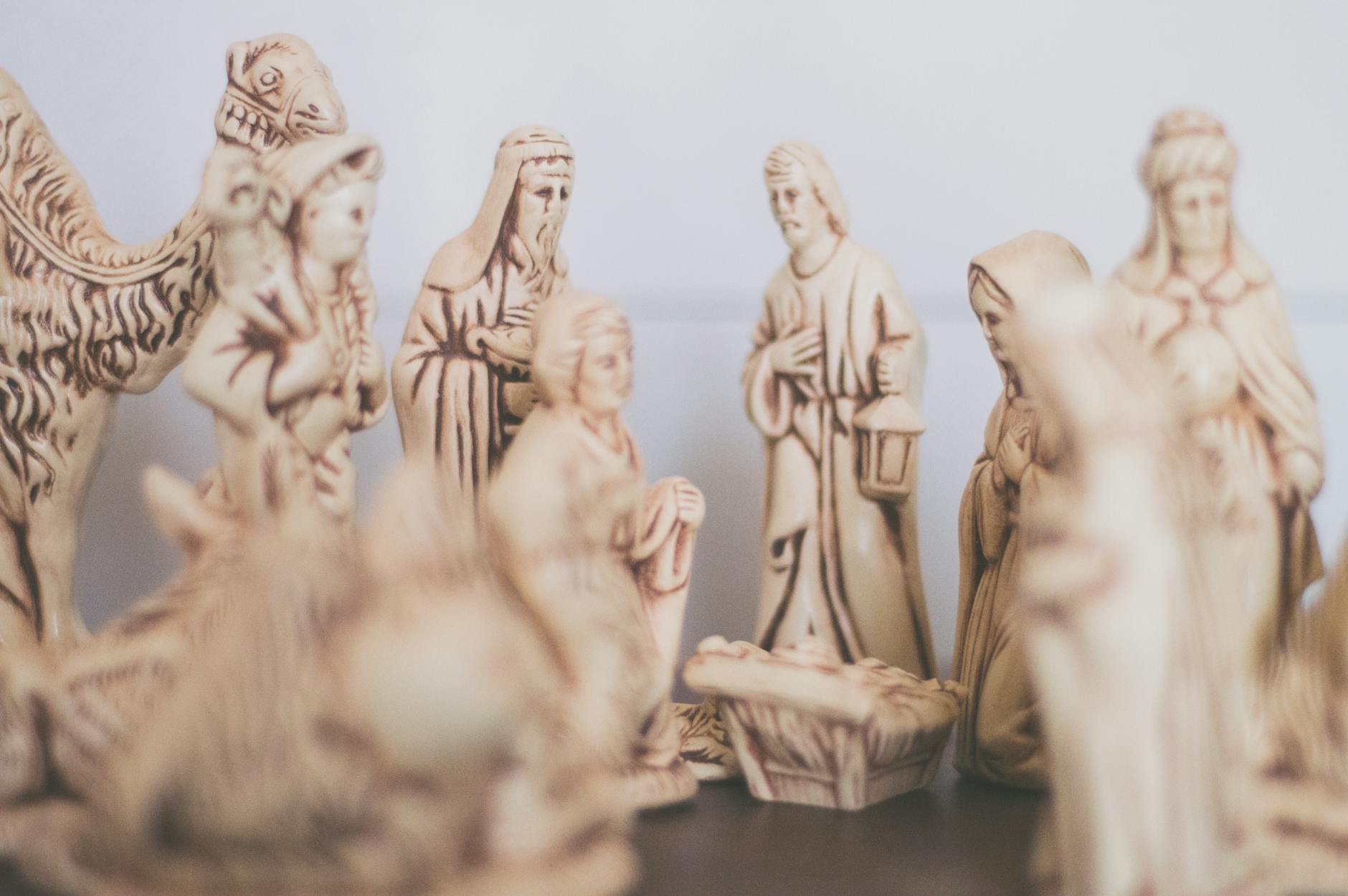The history of psychedelics illuminates a fascinating narrative of human cognition, spirituality, and socio-cultural evolution. Psychedelics have been entwined in the human story for thousands of years, offering spiritual enlightenment, psychological healing, and creative stimulation. This historical tapestry encompasses the ancient use of substances like peyote and ayahuasca, the psychedelic movement surge in the 1960s’ counterculture era, scientific research on psychedelics, and the current renaissance of interest in such substances.
The antiquity of psychedelic use stretches back to prehistoric times, as depicted in rock paintings and petroglyphs. Psychedelics like psilocybin (found in magic mushrooms), ayahuasca, mescaline (found in peyote and San Pedro cacti), and iboga were central to many Indigenous cultures’ spiritual and medicinal practices. Prehistoric people used these mind-altering substances to facilitate healing rituals, spiritual ceremonies, and to induce visions or altered states of consciousness. Archeologists found evidence of such practices in the Sahara Desert, where over 7,000-year-old cave paintings depict mushrooms suggestive of psilocybin.
Moving into more modern history, the 20th century ignited an explosion of academic interest in these substances – a period often referred to as the golden age of psychedelic research. Swiss chemist Albert Hofmann accidentally synthesized lysergic acid diethylamide (LSD) in 1938 and later discovered its potent psychoactive properties in 1943. Hofmann’s accidental ‘trip’ triggered a wave of scientific research, with LSD being studied for its potential therapeutic effects, from treating addiction to managing mental conditions like depression and anxiety.
In the 1950s and 60s, psychedelics permeated the counterculture, largely inspired by figures like Timothy Leary, a psychologist and advocate of psychedelic drugs. Leary and his team at Harvard University conducted several controversial but influential studies on the effects of psychedelics on human consciousness. During this period, LSD and psilocybin were not yet illegal, making them freely available to the public leading to a wave of interest and use – part of the broader psychedelic movement.
However, despite their prominence in medical research and countercultural circles, the rise in recreational use and concerns over safety and addiction led to psychedelics becoming vilified and criminalized by the late 1960s and 1970s. Most notably, LSD was classified as a Schedule I drug in the United States in 1968 under the Controlled Substances Act, marking a decline in both the research and use of these substances.
Despite the restrictions, interest in the therapeutic potential of psychedelics has re-emerged over the past couple of decades, leading to what some are calling the “psychedelic renaissance.” This renewal is being bolstered by reinvigorated psychedelic research showing positive results for treating mental conditions like PTSD, depression, and anxiety. Recent studies suggest that substances like psilocybin and MDMA have significant potential for use in psychotherapy, signaling a new era in mental health treatment.
When looking at the history of psychedelics, it’s clear that they have played varied and significant roles across cultures and eras. They have influenced spirituality, challenged societal norms, and opened new horizons in medical research and mental health treatment. While they were suppressed for many years, the tides appear to be changing once more, as increasing evidence supports their potential therapeutic benefits. Regardless of future developments, the history of psychedelics serves as a compelling timeline of humanity’s ongoing quest to comprehend the mysteries of the mind.
Sources:
– German Lopez, “How America Turned Against Smart Drugs,”.
– WIRED UK.
– Delightful Delusions: Research finds MDMA-assisted therapy is more cost-effective than other PTSD treatments.
– History.com Editors, “War on Drugs”.
– The Journal of Clinical Psychopharmacology and Neuroscience.








